Futures trading is a powerful financial instrument used by investors to speculate on the future price movements of various assets, from commodities like oil and gold to financial instruments like currencies and stock indices. But what exactly are futures, and why are they so important in the world of finance?
Futures are standardized contracts that obligate the buyer to purchase, and the seller to sell, a specific quantity of an asset at a predetermined price on a specified future date. Unlike options, which give the holder the right but not the obligation to buy or sell an asset, futures contracts require the transaction to take place at expiration, regardless of the current market price.
The history of futures trading dates back to ancient times when farmers and merchants sought ways to hedge against the risk of fluctuating crop prices. The first modern futures exchange, the Chicago Board of Trade (CBOT), was established in 1848, providing a centralized marketplace where buyers and sellers could trade standardized contracts. This innovation laid the groundwork for the sophisticated futures markets we see today, which play a crucial role in global finance.
Investors trade futures for several reasons. One of the primary motivations is speculation. By predicting the future price movements of assets, traders can potentially profit from both rising and falling markets. For example, if a trader believes the price of crude oil will increase, they can buy a futures contract now and sell it later at a higher price. Conversely, if they expect prices to drop, they can sell a futures contract and buy it back at a lower price.
Another significant reason for trading futures is hedging. Companies and individuals use futures contracts to lock in prices and mitigate the risk of adverse price movements. For instance, an airline company might buy futures contracts for jet fuel to secure a stable price and protect against potential price spikes, ensuring more predictable operating costs.
Futures trading also offers the benefit of leverage, allowing traders to control large positions with relatively small amounts of capital. This amplification of potential gains, however, comes with increased risk, making it essential for traders to understand the market dynamics and employ effective risk management strategies.
In summary, futures trading is a versatile tool that provides opportunities for both speculation and risk management. By understanding the fundamental concepts and mechanisms of futures contracts, investors can better navigate the complexities of the financial markets and harness the potential benefits of this dynamic trading instrument.
Basic Concepts of Futures Trading
Futures trading is built on a foundation of essential concepts that every trader must understand to navigate the market effectively. Here, we delve into the core elements of futures trading, including the definition of futures, the components of a futures contract, and the roles of margin and leverage.
Definition of Futures
Futures are financial contracts obligating the buyer to purchase, and the seller to sell, a specific quantity of an asset at a predetermined price on a specified future date. These contracts are standardized in terms of quality, quantity, and delivery time to facilitate trading on futures exchanges. Unlike spot markets, where transactions are settled immediately, futures contracts are settled at a future date, allowing traders to speculate on or hedge against future price movements.
Futures Contract: Main Components
A futures contract comprises several key components that define its terms and conditions:
- Contract Specifications: Each futures contract has specific details, including the underlying asset, contract size, delivery date, and price quotation. For instance, a crude oil futures contract on the New York Mercantile Exchange (NYMEX) specifies 1,000 barrels of crude oil, with prices quoted in dollars per barrel and delivery months ranging from the current month to several years in the future.
- Margin Requirements: To trade futures, traders must deposit an initial margin, a fraction of the contract’s total value, with their broker. This margin acts as collateral to cover potential losses. Margins are dynamic and can be adjusted by exchanges based on market volatility. Additionally, traders must maintain a maintenance margin, ensuring sufficient funds in their account to cover daily market fluctuations. If the account balance falls below this level, a margin call is issued, requiring the trader to deposit additional funds.
- Leverage: Futures trading inherently involves leverage, allowing traders to control large positions with relatively small capital outlay. This leverage amplifies both potential gains and losses. For example, with an initial margin of $10,000, a trader might control a futures contract worth $100,000, leveraging their position 10:1. While leverage can significantly enhance profitability, it also increases the risk of substantial losses, making risk management essential.
How Futures Trading Works
Understanding the mechanics of futures trading is crucial for any trader. Here’s a brief overview of how it operates:
- Entering Contracts: Traders can take a long position (buy) if they anticipate the asset’s price will rise, or a short position (sell) if they expect the price to fall. The contracts can be entered either through direct market orders or limit orders that specify the price at which the trader is willing to buy or sell.
- Roles of Participants: The market comprises various participants, including speculators, who aim to profit from price changes, and hedgers, who seek to mitigate risks associated with price volatility. For instance, a wheat farmer might sell futures contracts to lock in a favorable price for their harvest, protecting against the risk of falling prices.
- Examples of Transactions: Consider a trader who believes that gold prices will rise. They might buy a gold futures contract at $1,800 per ounce. If, at contract expiration, the price of gold has increased to $1,850, the trader can sell the contract at the higher price, realizing a profit. Conversely, if the price falls to $1,750, the trader incurs a loss. These transactions demonstrate how futures can be used to capitalize on anticipated market movements or hedge against adverse price changes.
In summary, mastering the basic concepts of futures trading is essential for anyone looking to participate in this dynamic market. Understanding the structure of futures contracts, the role of margins and leverage, and the mechanics of trading will provide a solid foundation for more advanced strategies and techniques in futures trading.

How Futures Trading Works
Futures trading involves a series of well-defined steps and mechanisms that facilitate the buying and selling of standardized contracts on futures exchanges. Understanding how these processes work is crucial for both novice and experienced traders.
The Process of Entering into Futures Contracts
When traders decide to enter the futures market, they do so by placing either market orders, which are executed immediately at the current market price, or limit orders, which are executed only if the market reaches a specified price. Once a position is opened—whether long (buying) in anticipation of rising prices or short (selling) in anticipation of falling prices—the trader must maintain an initial margin deposit as collateral.
Futures positions are marked-to-market daily, meaning that gains and losses are calculated and reflected in the trader’s account at the end of each trading day. To close a position, a trader can enter an offsetting trade or wait until the contract expires, at which point settlement occurs either through physical delivery of the asset or cash settlement, depending on the contract specifications.
Roles of Participants: Buyers and Sellers
The futures market comprises various participants with distinct motivations. Speculators aim to profit from price fluctuations and provide liquidity to the market, making it easier for hedgers to manage risk. Hedgers, such as farmers or manufacturers, use futures to lock in prices and protect against adverse price movements. Arbitrageurs exploit price discrepancies between markets or contract maturities, helping to keep prices aligned.
Examples of Futures Transactions
Consider a trader who expects the price of crude oil to rise due to geopolitical tensions. They buy a crude oil futures contract at $70 per barrel. If the price increases to $75 per barrel, the trader can sell the contract at the higher price, earning a profit of $5 per barrel. Conversely, if the price drops to $65 per barrel, they incur a loss of $5 per barrel.
In another scenario, a wheat farmer anticipates a good harvest but is concerned about potential price declines. By selling wheat futures contracts at $5.50 per bushel, the farmer can offset potential losses if the market price falls to $5.00 per bushel at harvest time, stabilizing their overall revenue.
Finally, an arbitrageur notices that gold futures for delivery in December are trading at a higher price than those for November, even after accounting for storage and interest costs. By buying the cheaper November contracts and selling the more expensive December contracts, the arbitrageur profits as the prices converge over time.
In summary, futures trading involves structured processes of entering and exiting positions, with various participants playing key roles in providing liquidity, hedging risks, and maintaining market efficiency. By understanding these mechanisms, traders can better navigate the complexities of the futures market and make informed trading decisions.

Overview of Futures Exchanges
Futures exchanges play a crucial role in the trading of futures contracts, providing a regulated marketplace where buyers and sellers can conduct transactions with transparency and security. Here, we’ll explore some of the major futures exchanges, highlighting their features, advantages, and disadvantages.
Major Futures Exchanges
- CME Group The Chicago Mercantile Exchange (CME) Group is one of the largest and most diverse derivatives marketplaces in the world. It offers a wide range of futures and options contracts across various asset classes, including commodities, interest rates, equity indexes, foreign exchange, and cryptocurrencies. The CME Group is renowned for its robust electronic trading platform, Globex, which provides access to markets virtually 24/7.
- ICE (Intercontinental Exchange) ICE operates global exchanges, clearing houses, and provides data services for financial and commodity markets. ICE Futures U.S. and ICE Futures Europe are well-known for trading energy, agricultural, and financial futures. ICE’s electronic trading platform is highly efficient and supports a vast array of futures contracts.
- Eurex Eurex is a leading European futures and options market, specializing in equity index derivatives, interest rate derivatives, and European government bonds. Eurex offers a highly liquid and transparent marketplace with an extensive range of contracts, catering primarily to the European market.
Below is a comparative table summarizing the advantages and disadvantages of these major futures exchanges:
| Exchange | Advantages | Disadvantages |
| CME Group | Extensive product range, high liquidity, advanced trading technology, strong regulatory oversight | Higher trading fees, complexity for beginners |
| ICE | Strong presence in energy and agricultural markets, efficient trading platform, comprehensive data services | Limited product range compared to CME, higher barriers to entry for smaller traders |
| Eurex | Focus on European markets, high liquidity in key products, strong regulatory environment | Limited access to U.S. and Asian market products, time zone differences |
Each futures exchange offers unique benefits and faces certain challenges. The CME Group stands out for its extensive product range and advanced trading technology, making it ideal for traders seeking diverse opportunities. However, its complexity and higher fees might be daunting for beginners.
ICE excels in energy and agricultural markets, providing efficient trading platforms and comprehensive data services. Yet, it has a more limited product range compared to the CME Group and may present higher barriers to entry for smaller traders.
Eurex, with its focus on European markets, offers high liquidity in key European derivatives. Its strong regulatory framework ensures a secure trading environment, but it may not provide as much access to U.S. and Asian market products, and time zone differences can affect trading hours for non-European participants.
In summary, choosing the right futures exchange depends on the trader’s specific needs, including the desired asset class, trading volume, and geographical focus. Understanding the strengths and weaknesses of each exchange can help traders make informed decisions and optimize their trading strategies.
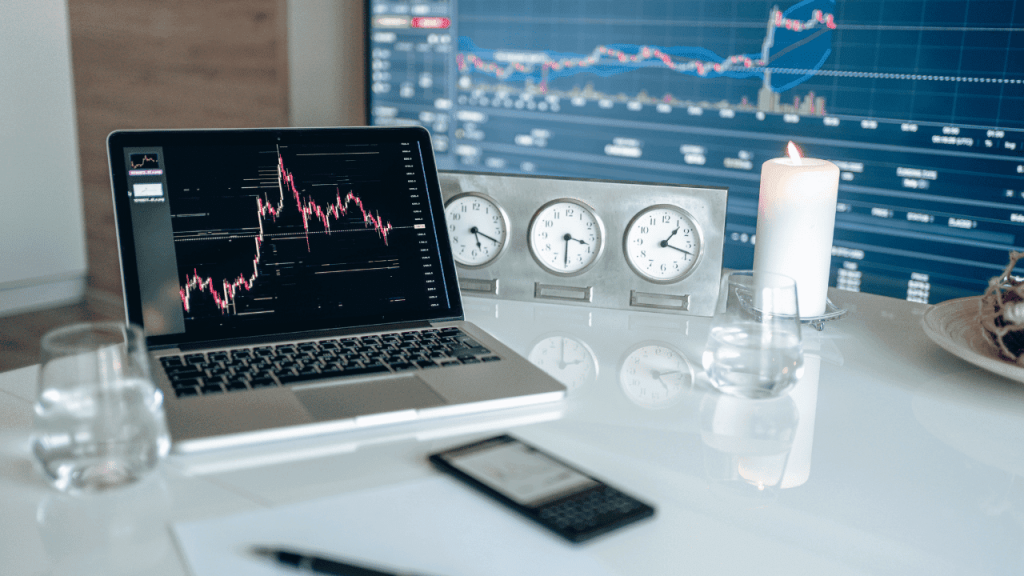
Futures Trading Strategies
Trading futures can be highly profitable, but it also involves substantial risk. To navigate the complexities of the futures market, traders employ various strategies that cater to different market conditions and individual risk appetites. Here, we explore some of the most common futures trading strategies.
Speculation
Speculation involves buying and selling futures contracts to profit from anticipated price movements. Speculators do not have an interest in the physical commodity but aim to benefit from price volatility. For example, if a trader expects the price of crude oil to rise, they might buy crude oil futures. If the price increases as anticipated, they can sell the futures contract at a higher price, realizing a profit.
Hedging
Hedging is used by producers, consumers, and investors to mitigate the risk of adverse price movements in the underlying asset. For instance, a wheat farmer may sell wheat futures to lock in a price for their upcoming harvest, protecting against the risk of falling wheat prices. Similarly, a company that needs a commodity as an input might buy futures contracts to ensure they can purchase the commodity at a known price, protecting against price spikes.
Arbitrage
Arbitrage involves exploiting price discrepancies between related markets or instruments. An arbitrageur simultaneously buys and sells equivalent assets in different markets to profit from the price difference. For example, if gold futures are priced differently on two exchanges, an arbitrageur might buy on the cheaper exchange and sell on the more expensive one, locking in a risk-free profit as the prices converge.
Scalping
Scalping is a short-term trading strategy that aims to profit from small price movements. Scalpers make numerous trades throughout the trading session, often holding positions for just a few seconds or minutes. This strategy requires quick decision-making and a disciplined approach to risk management. Scalpers rely on technical analysis and use high-frequency trading tools to capitalize on market inefficiencies.
Day Trading
Day trading involves opening and closing positions within the same trading day to capitalize on intraday price movements. Day traders do not hold positions overnight, thereby avoiding overnight market risks. They use a combination of technical analysis, chart patterns, and market indicators to identify trading opportunities. Day trading requires significant time commitment and fast execution, often facilitated by advanced trading platforms.
Swing Trading
Swing trading focuses on capturing short- to medium-term gains over a period of days to weeks. Swing traders use technical analysis to identify trends and potential reversal points. This strategy requires patience and a willingness to hold positions for longer than day traders, but it also offers the potential for larger gains per trade. Swing traders often use a mix of technical and fundamental analysis to make informed decisions.
Example Strategies in Action
- Speculative Trade Example: A trader believes that the price of natural gas will rise due to an impending cold wave. They buy natural gas futures at $3 per MMBtu. As the cold wave hits, demand increases, and the price rises to $3.50 per MMBtu. The trader sells the futures contract at the higher price, realizing a profit of $0.50 per MMBtu.
- Hedging Example: A coffee producer expects a good harvest but is concerned about falling prices. They sell coffee futures at $1.20 per pound. If market prices fall to $1.00 per pound, the producer’s loss in the cash market is offset by the gains from the futures contract, stabilizing their income.
- Arbitrage Example: An arbitrageur notices that soybean futures are priced at $10 per bushel on Exchange A and $10.10 per bushel on Exchange B. They buy the cheaper futures on Exchange A and sell the more expensive ones on Exchange B. As prices converge, the arbitrageur profits from the price difference.
Choosing the Right Strategy
Selecting the appropriate futures trading strategy depends on various factors, including the trader’s risk tolerance, market knowledge, and available time for trading. Speculative strategies can offer high returns but come with significant risk. Hedging is essential for those looking to protect against adverse price movements, while arbitrage provides opportunities for low-risk profits. Scalping and day trading require active management and quick execution, making them suitable for experienced traders with a high-risk appetite. Swing trading offers a balanced approach, suitable for those who prefer a more patient and calculated trading style.
In summary, understanding and applying the right futures trading strategy can significantly enhance a trader’s ability to profit from market movements while managing risks effectively. Each strategy has its unique benefits and challenges, and successful traders often use a combination of strategies tailored to their specific goals and market conditions.
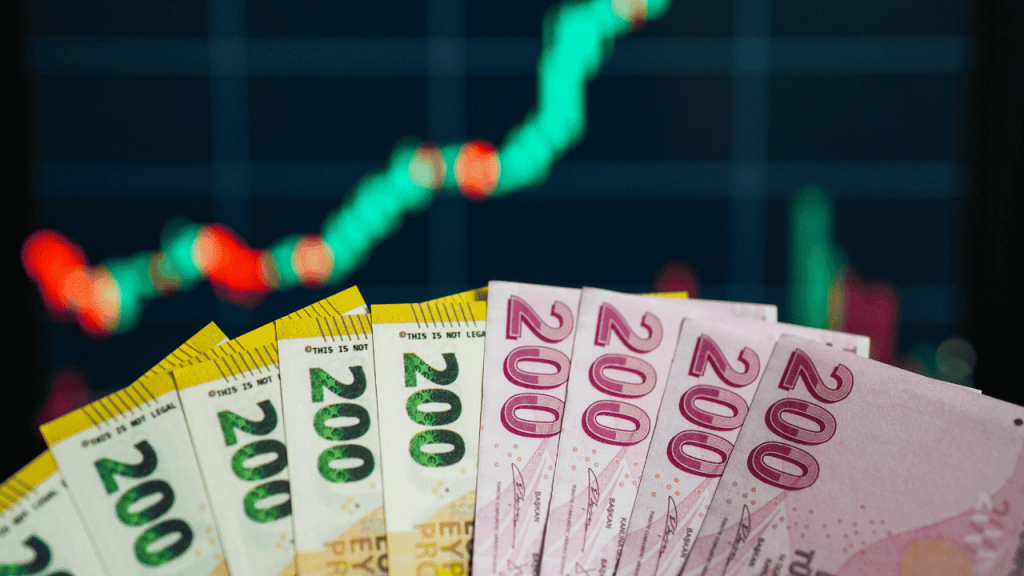
How to Start Trading Futures
Starting to trade futures can be an exciting yet daunting endeavor. This section will guide you through the essential steps to begin your journey in futures trading, from choosing a broker to making your first trade.
Choosing a Broker
Selecting the right broker is a crucial step in starting your futures trading career. Here are some factors to consider:
- Fees and Commissions: Compare the fee structures of different brokers. Look for competitive commission rates, but be wary of hidden fees.
- Trading Platform: A reliable and user-friendly trading platform is essential. Look for platforms that offer real-time data, advanced charting tools, and seamless order execution.
- Customer Support: Good customer support can make a significant difference, especially for beginners. Ensure the broker offers responsive and knowledgeable support.
- Regulation and Security: Choose a broker that is regulated by reputable financial authorities to ensure the safety of your funds.
Opening an Account
Once you’ve selected a broker, the next step is to open a trading account. This process typically involves:
- Completing an Application: Provide your personal information, financial background, and trading experience.
- Verifying Your Identity: Submit identification documents such as a passport or driver’s license.
- Funding Your Account: Deposit funds into your account using your preferred payment method. Brokers usually offer various options, including bank transfers, credit cards, and e-wallets.
Making a Deposit
After your account is approved, you need to deposit funds to start trading. Consider the following:
- Minimum Deposit: Check the broker’s minimum deposit requirements. Ensure you deposit enough to cover initial margin requirements for the futures contracts you plan to trade.
- Payment Methods: Choose a convenient and secure payment method. Some brokers may charge fees for certain payment methods, so it’s essential to be aware of these costs.
Education and Preparation
Education is key to successful futures trading. Equip yourself with the necessary knowledge and skills through:
- Courses and Learning Resources: Enroll in online courses, attend webinars, and read books on futures trading. Many brokers offer educational resources, including video tutorials, articles, and trading guides.
- Demo Accounts: Practice trading without risking real money by using a demo account. This allows you to familiarize yourself with the trading platform and test your strategies in a risk-free environment.
- Market Analysis: Learn to analyze markets using both technical and fundamental analysis. Understanding market trends, chart patterns, and economic indicators will help you make informed trading decisions.
Placing Your First Trade
With your account funded and your knowledge in place, you’re ready to place your first trade. Here’s how:
- Choose Your Market: Decide which futures market you want to trade, such as commodities, indices, or currencies.
- Analyze the Market: Use technical and fundamental analysis to determine market trends and potential entry points.
- Place an Order: Select the type of order (market order or limit order) and specify the contract details, such as quantity and expiration date.
- Monitor and Manage: Once your trade is executed, monitor the market and manage your position. Use stop-loss orders to limit potential losses and take-profit orders to secure gains.
Continuous Learning and Improvement
Futures trading is a dynamic and evolving field. To stay ahead, continuously update your knowledge and skills:
- Stay Informed: Follow market news and updates to stay informed about factors that may impact the markets.
- Review and Reflect: Regularly review your trades and strategies to identify strengths and weaknesses. Learn from both your successes and mistakes.
- Adapt and Evolve: Be flexible and willing to adapt your strategies as market conditions change. Continuous learning and adaptation are essential for long-term success in futures trading.
In summary, starting to trade futures involves selecting a reliable broker, opening and funding your account, educating yourself, and placing your first trade. By following these steps and committing to continuous learning, you can navigate the futures market with confidence and increase your chances of success.
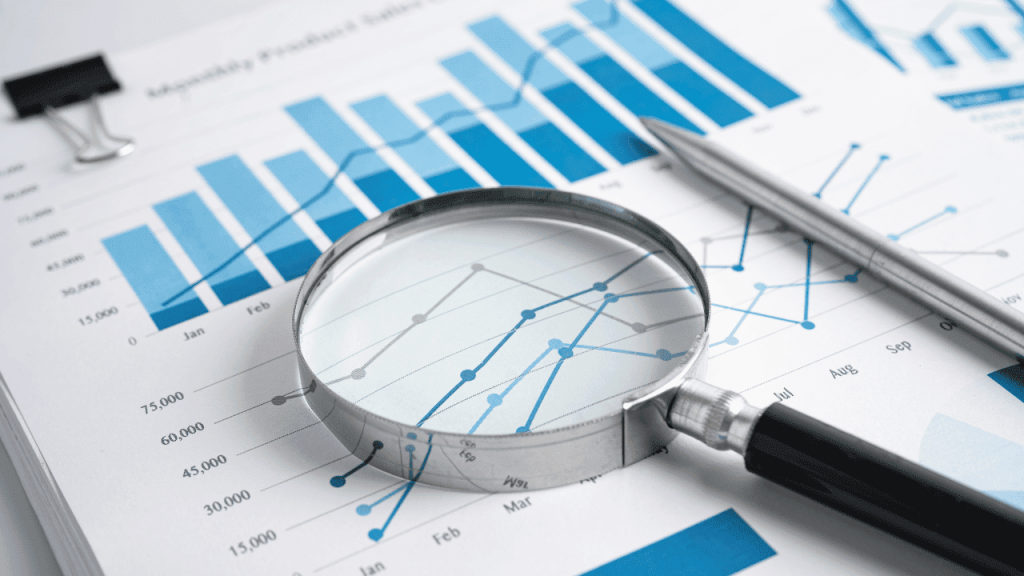
Examples of Successful Strategies and Real Cases
Understanding successful strategies and learning from real-life cases can provide valuable insights into futures trading. Here, we explore some examples that demonstrate how traders have effectively used different strategies to achieve their goals.
Speculative Trade Example
Consider a trader who anticipates a significant increase in crude oil prices due to geopolitical tensions in a major oil-producing region. Expecting the price to rise from $70 to $75 per barrel, the trader decides to buy crude oil futures contracts.
Hedging Example
A wheat farmer is concerned about potential price declines in the upcoming harvest season. To protect against this risk, the farmer decides to hedge by selling wheat futures contracts.
Arbitrage Example
An arbitrageur notices that gold futures for delivery in December are trading at $1,800 per ounce on Exchange A and $1,810 per ounce on Exchange B. The price discrepancy presents an arbitrage opportunity.
Below is a table summarizing these examples for better clarity:
| Strategy | Scenario | Entry | Outcome | Profit Calculation |
| Speculation | Anticipating rise in crude oil prices | Buys 10 crude oil futures contracts at $70 per barrel | Prices rise to $75 per barrel | Profit: $50,000 |
| Hedging | Wheat farmer protecting against price decline | Sells 50 wheat futures contracts at $5.50 per bushel | Prices fall to $5.00 per bushel | Hedge profit: $125,000 |
| Arbitrage | Exploiting price discrepancy in gold futures between two exchanges | Buys 100 gold futures contracts at $1,800 on Exchange A and sells 100 at $1,810 on Exchange B | Prices converge to $1,805 per ounce | Arbitrage profit: $100,000 |
These examples illustrate how different strategies can be employed in futures trading to achieve various objectives, whether it’s speculating on price movements, hedging against risk, or exploiting price discrepancies.
Avoiding Common Mistakes
While these examples highlight successful strategies, it’s equally important to be aware of common mistakes that can lead to losses:
- Overleveraging: Using excessive leverage can amplify losses. Traders should use leverage cautiously and manage their risk exposure.
- Lack of a Trading Plan: Trading without a well-defined plan can lead to impulsive decisions. A robust trading plan should include entry and exit strategies, risk management, and clear objectives.
- Ignoring Market Fundamentals: Relying solely on technical analysis without considering fundamental factors can lead to incorrect predictions. A balanced approach that incorporates both technical and fundamental analysis is advisable.
In summary, these examples of successful strategies and real cases provide practical insights into how futures trading can be effectively managed. By learning from these cases and avoiding common pitfalls, traders can improve their chances of success in the futures market.
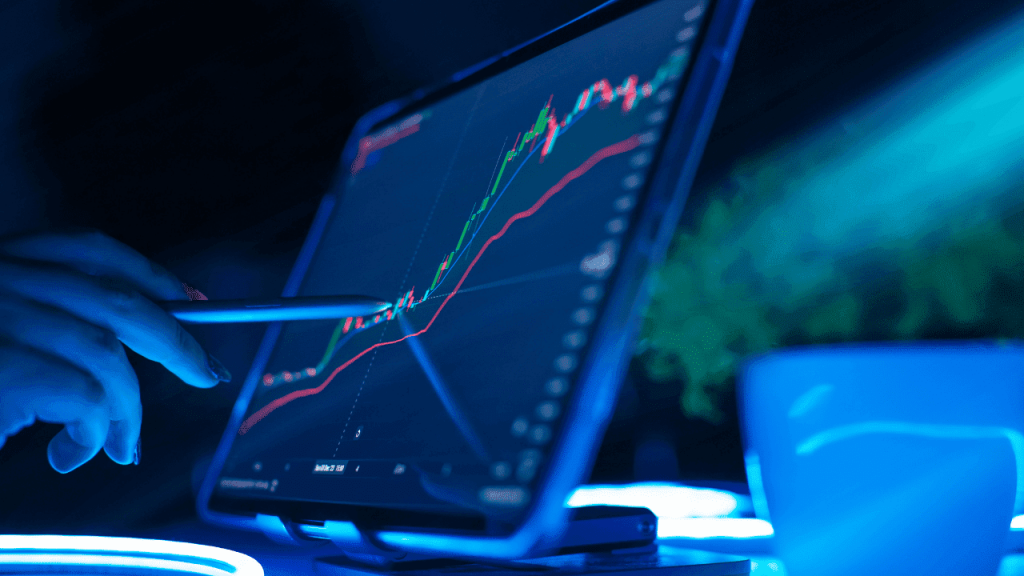
Conclusion
Futures trading is a dynamic and complex field that offers significant opportunities for profit but also carries substantial risks. By understanding the basic concepts of futures trading, how the process works, the role of major exchanges, and various trading strategies, traders can make more informed decisions and better navigate the market.
Starting with a solid foundation—choosing the right broker, opening and funding an account, and educating oneself—is crucial for success. Employing effective strategies, such as speculation, hedging, arbitrage, scalping, day trading, and swing trading, can help traders capitalize on market movements while managing risks. Real-life examples demonstrate how these strategies can be applied in practice to achieve specific trading objectives.
Finally, continuous learning and adaptation are essential. Staying informed about market trends, reviewing past trades, and being flexible with strategies can enhance a trader’s ability to succeed in the futures market.
By leveraging the insights and strategies discussed in this article, traders can develop a comprehensive approach to futures trading, balancing potential rewards with the associated risks.
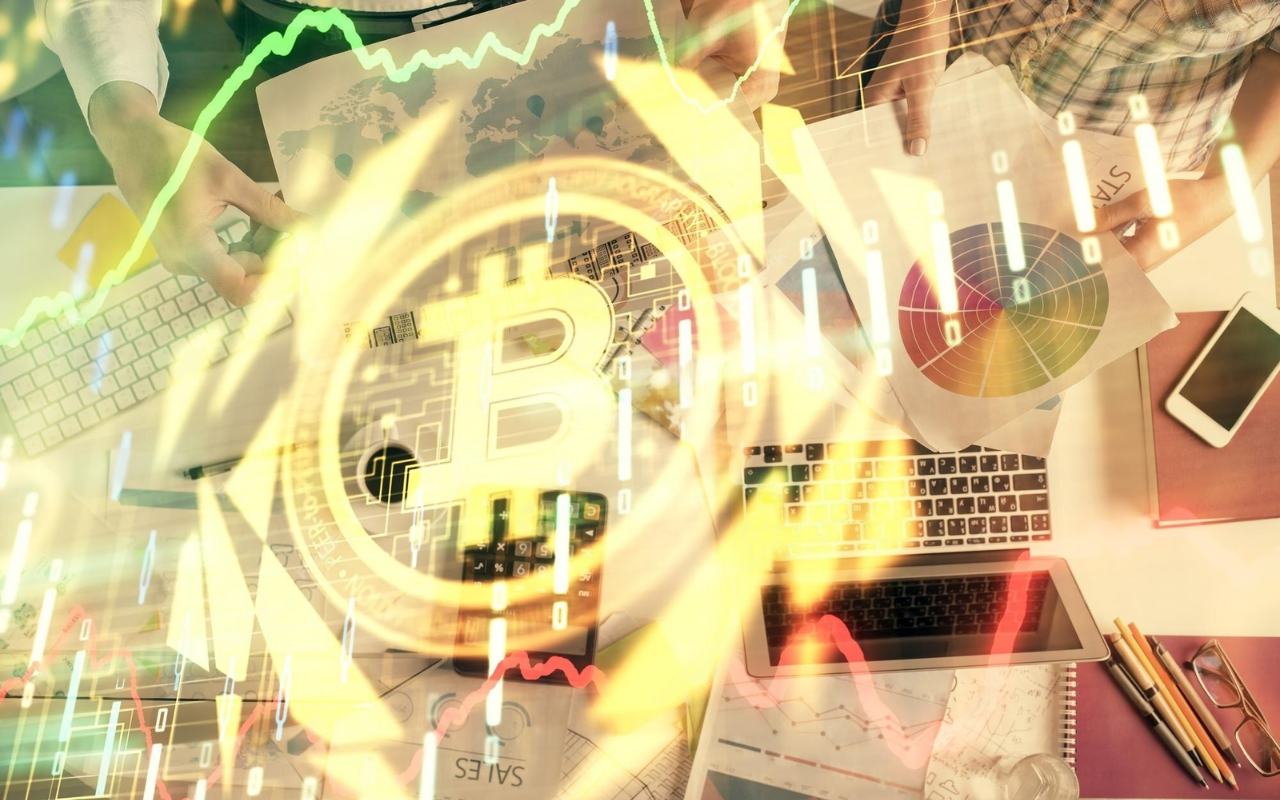

Leave a Reply